Neuromorphic computing, also known as neuromorphic engineering, is an approach to computing that mimics the way the human brain works.


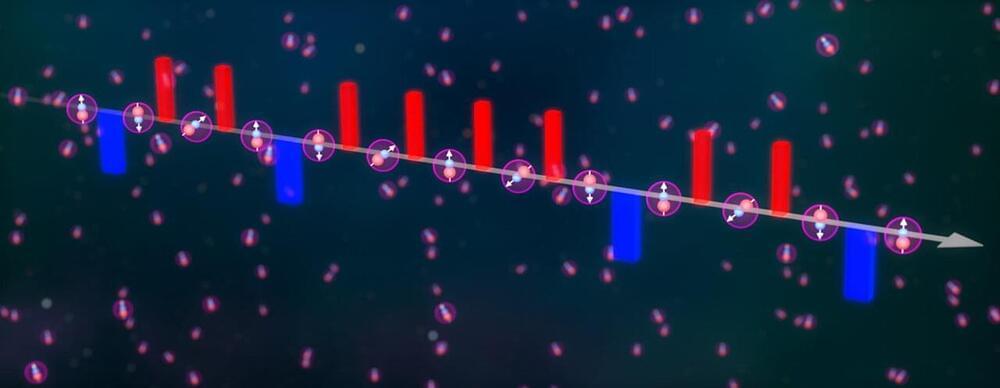

Phase separation, when molecules part like oil and water, works alongside oxygen diffusion to help memristors – electrical components that store information using electrical resistance – retain information even after the power is shut off, according to a University of Michigan led study published in Matter (“Thermodynamic origin of nonvolatility in resistive memory”).
Up to this point, explanations have not fully grasped how memristors retain information without a power source, known as nonvolatile memory, because models and experiments do not match up.
“While experiments have shown devices can retain information for over 10 years, the models used in the community show that information can only be retained for a few hours,” said Jingxian Li, U-M doctoral graduate of materials science and engineering and first author of the study.
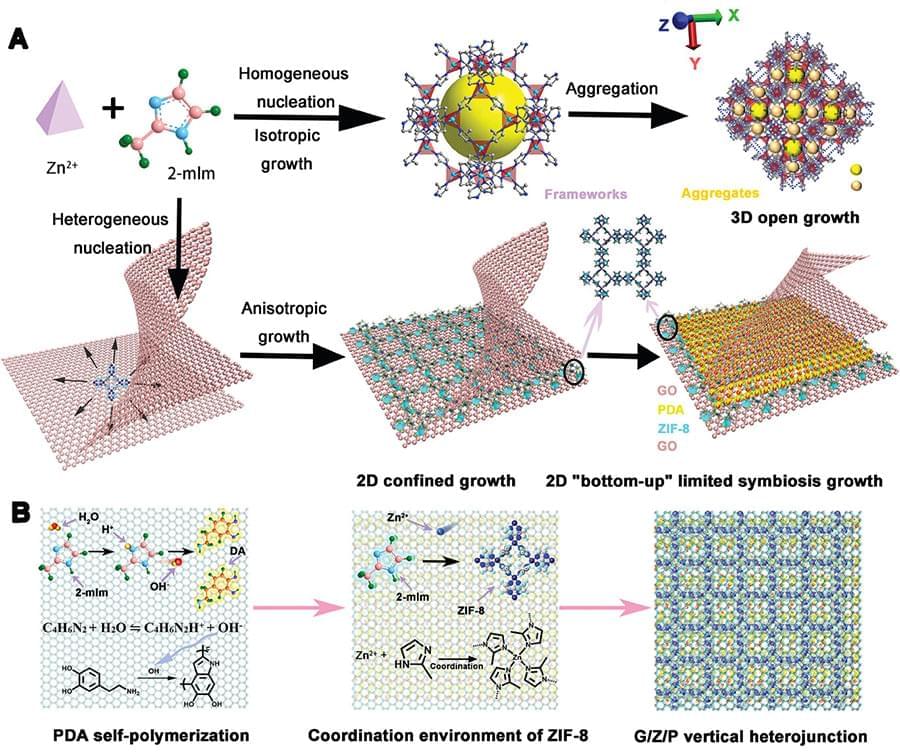

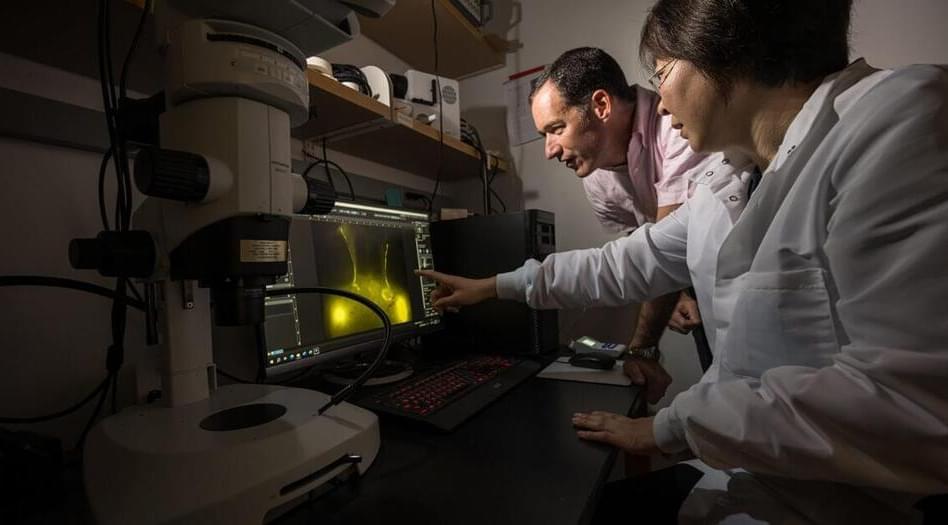
Alzheimer’s, Parkinson’s, and other neurological disorders can be seen as “dirty brain” diseases, where the brain struggles to clear out harmful waste. Aging is a key risk factor because, as we grow older, our brain’s ability to remove toxic buildup slows down. However, new research in mice demonstrates that it’s possible to reverse age-related effects and restore the brain’s waste-clearing process.
“This research shows that restoring cervical lymph vessel function can substantially rescue the slower removal of waste from the brain associated with age,” says Douglas Kelley, a professor of mechanical engineering at the University of Rochester. “Moreover, this was accomplished with a drug already being used clinically, offering a potential treatment strategy.”
Kelley is one of the lead authors of the study, which appears in the journal Nature Aging, along with Maiken Nedergaard, codirector the University’s Center for Translational Neuromedicine. The study is one of many collaborations carried out by researchers at Rochester’s Hajim School of Engineering & Applied Sciences and the Medical Center.
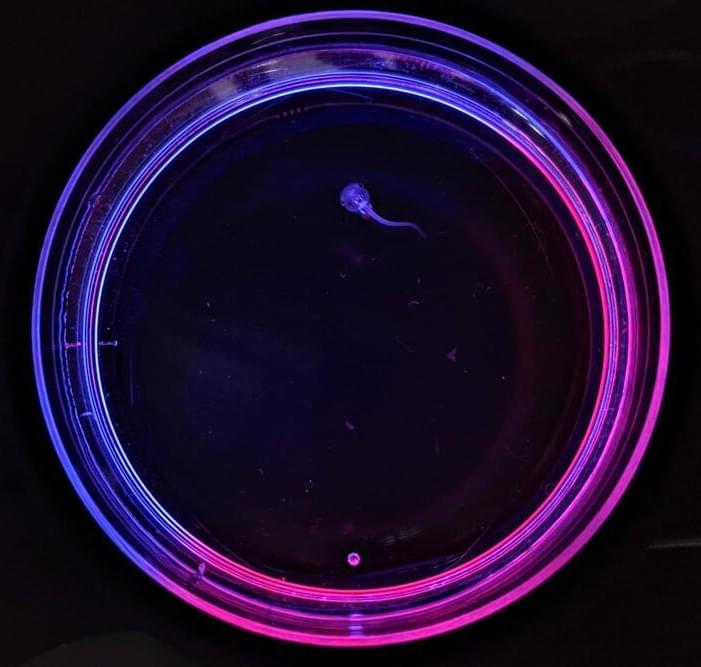
Could buy patients more time to survive critical injuries and diseases, even when disaster strikes far from a hospital.
Donepezil, an FDA-approved drug to treat Alzheimer’s, has the potential to be repurposed for use in emergency situations to prevent irreversible organ injury, according to researchers at the Wyss Institute for Biologically Inspired Engineering at Harvard University.
Using donepezil (DPN), researchers report that they were able to put tadpoles of Xenopus laevis frogs into a hibernation-like torpor.
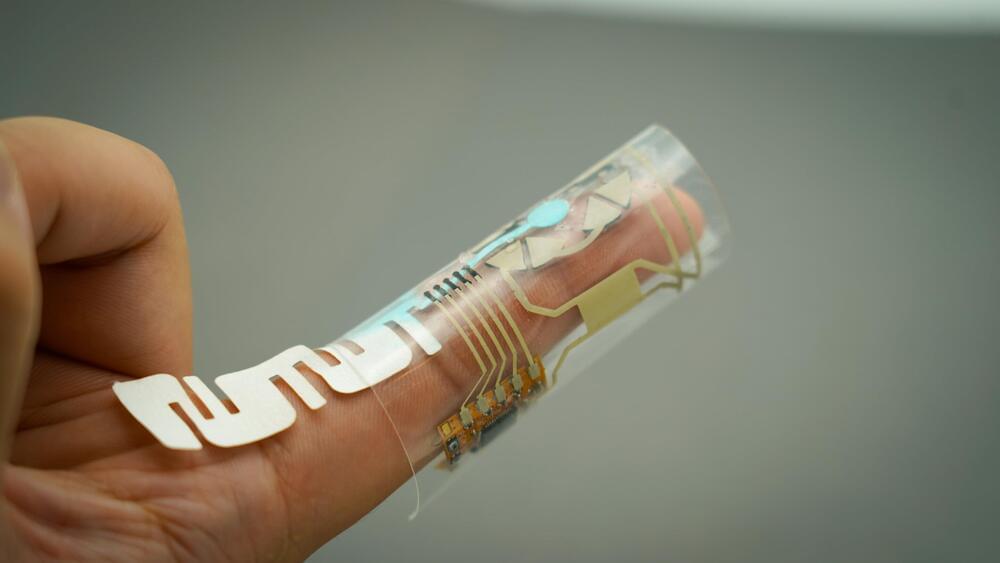
A sweat-powered wearable has the potential to make continuous, personalized health monitoring as effortless as wearing a Band-Aid. Engineers at the University of California San Diego have developed an electronic finger wrap that monitors vital chemical levels—such as glucose, vitamins, and even drugs—present in the same fingertip sweat from which it derives its energy.
The advance was published Sept. 3 in Nature Electronics by the research group of Joseph Wang, a professor in the Aiiso Yufeng Li Family Department of Chemical and Nano Engineering at UC San Diego.
The device, which wraps snugly around the finger, draws power from an unlikely source—the fingertip’s sweat. Fingertips, despite their small size, are among the body’s most prolific sweat producers, each packed with over a thousand sweat glands. These glands can produce 100 to 1,000 times more sweat than most other areas of the body, even during rest.

The big picture: The US is committed to establishing semiconductor manufacturing within its borders, and perhaps no effort is more crucial to this goal than TSMC’s three-fab facility in Arizona. The government is pouring billions into the development, alongside TSMC’s $65 billion investment.
Taiwan Semiconductor Manufacturing Co. has reached a significant milestone in its expansion into the US. Recent trial production at the company’s new Arizona facility has yielded results comparable to those of its established plants in Taiwan, according to Bloomberg, which cited a person familiar with the company who requested anonymity. This development is a positive sign for the chipmaker’s ambitious US project, which has faced delays and doubts about whether it could match the production efficiency of its Taiwanese operations.
The Arizona plant began engineering wafer production in April using advanced 4-nanometer process technology. With production yields now on par with its facilities in Tainan, Taiwan, TSMC should be able to maintain its targeted gross margin rates of 53 percent or higher.
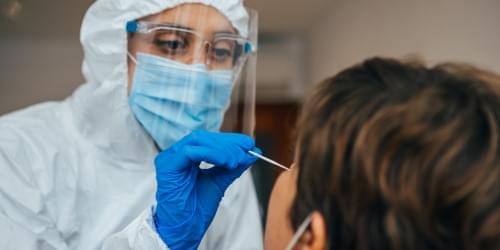
During the worst days of the COVID-19 pandemic, many of us became accustomed to news reports on the reproduction number R, which is the average number of cases arising from a single infected case. If we were told that R was much greater than 1, that meant the number of infections was growing rapidly, and interventions (such as social distancing and lockdowns) were necessary. But if R was near to 1, then the disease was deemed to be under control and some relaxation of restrictions could be warranted. New mathematical modeling by Kris Parag from Imperial College London shows limitations to using R or a related growth rate parameter for assessing the “controllability” of an epidemic [1]. As an alternative strategy, Parag suggests a framework based on treating an epidemic as a positive feedback loop. The model produces two new controllability parameters that describe how far a disease outbreak is from a stable condition, which is one with feedback that doesn’t lead to growth.
Parag’s starting point is the classical mathematical description of how an epidemic evolves in time in terms of the reproduction number R. This approach is called the renewal model and has been widely used for infectious diseases such as COVID-19, SARS, influenza, Ebola, and measles. In this model, new infections are determined by past infections through a mathematical function called the generation-time distribution, which describes how long it takes for someone to infect someone else. Parag departs from this traditional approach by using a kind of Fourier transform, called a Laplace transform, to convert the generation-time distribution into periodic functions that define the number of the infections. The Laplace transform is commonly adopted in control theory, a field of engineering that deals with the control of machines and other dynamical systems by treating them as feedback loops.
The first outcome of applying the Laplace transform to epidemic systems is that it defines a so-called transfer function that maps input cases (such as infected travelers) onto output infections by means of a closed feedback loop. Control measures (such as quarantines and mask requirements) aim to disrupt this loop by acting as a kind of “friction” force. The framework yields two new parameters that naturally describe the controllability of the system: the gain margin and the delay margin. The gain margin quantifies how much infections must be scaled by interventions to stabilize the epidemic (where stability is defined by R = 1). The delay margin is related to how long one can wait to implement an intervention. If, for example, the gain margin is 2 and the delay margin is 7 days, then the epidemic is stable provided that the number of infections doesn’t double and that control measures are applied within a week.